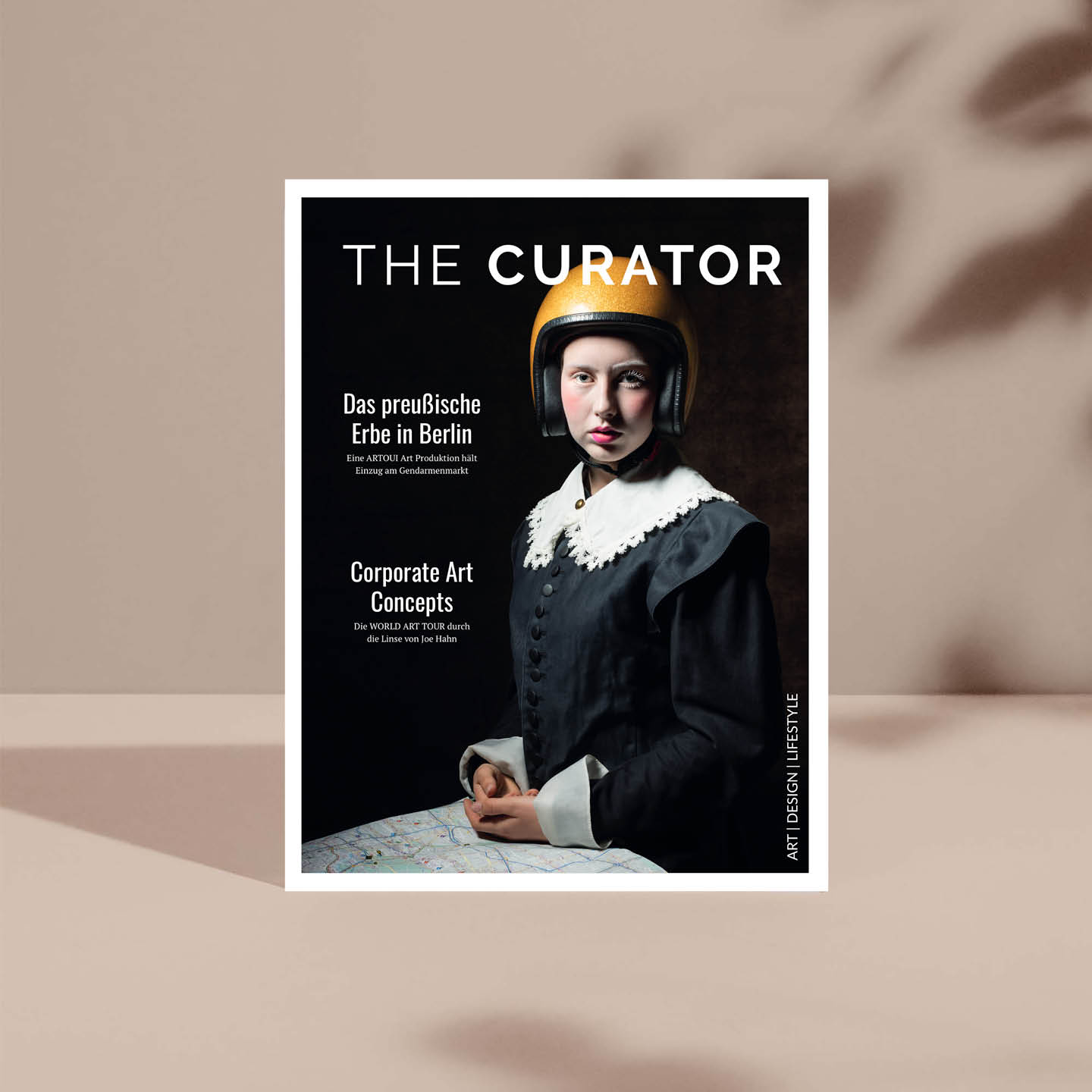
5 minute read
Art and Inflation HedgeOnly for Collectors?
For many investors, investing in art is not only associated with money but also with emotion, preservation of cultural heritage, and passion.
For wealthy collectors, art is both a passion and a welcome inflation shield. Art promotes cultural assets and is an important part of history and democracy. Art differs from most traditional investments such as shares or real estate. Works of art do not yield a regular income. Moreover, storing and insuring art costs money. So how can collectors profit from their collections? What are collecting strategies that work? We talk about relevant factors and examples of successful art collectors. Most assets generate regular income: Real estate brings rental income. Business holdings and shares bring income, generate returns and can pay regular dividends. Most traditional investments are expected to make money even without being sold. In the case of works of art, the cash flow is negative before they are sold. Most traditional investments are quite liquid: you can sell your shares within minutes. With real estate, a sale can take weeks, months or even years and is comparable to art in terms of liquidity. Although it is a complex investment segment, many collectors benefit financially from art curation. Especially at present, it is very exciting to know that the art market hardly correlates with the stock market. In short, especially in a time of inflation, the art market remains independent. Collectors and investors can thus build up a stable alternative to the stock market by investing in art. The correlation factor of the art market to the stock market is very low. Art is hardly influenced by the ups and downs of the stock market.
This means, in other words, that the art market is less affected by financial crises. That is why experienced collectors often work with professional curators, auction houses, museums and experienced gallery owners as well as specialists from the insurance sector. Over time, they select artworks by individual artists, in a particular medium, material or style, otherwise art from a particular period in history or from a particular region or country. These artworks belong to specific themes and complement each other.
The Legacy
Preserving the artwork and the condition of the collection is extremely important when it comes to at least maintaining the value of a collection. Depending on the material of the artwork, conservation measures can be completely different. Contemporary artworks are often created with mixed techniques and with new materials, which makes the conservation task even more complex for “The total value of a well-curated collection exceeds the sum of its parts” collectors. Adequate insurance coverage is also important in this context and needs to be reassessed regularly.
In practice, this means that the storage of artworks requires regular cash outflows for conservation purposes and should be taken into account when calculating the return on investment. For exceptional works of art, a museum exhibition is like a seal of quality that usually increases the value of a collection and the reputation of the collector.
Besides, it is a good way to reduce the overall cost of storing an art collection. Incidentally, this step can bring tax advantages in many countries. There are no general rules when it comes to art investments. Some collectors follow their own taste and only buy what they really like. Some anticipate trends, and others buy anti-cyclically. Most collectors build close relationships with artists, art dealers, and auction houses and constantly process information to learn about ideas and stick to them. Networking among collectors also helps experienced art buyers decide when to buy and which artworks to select. We live in a postmodern age, and even though some art buyers think that only a dead artist is a good artist, there are also ART MARKET RADAR great collections that focus on contemporary art by living artists and on hard-to-exhibit artworks such as performance art, huge installations or video art. From an investment perspective, the risks in these areas are far above average: storage, logistics, handling and insurance are difficult to calculate. Consequently, these artworks are usually bought by very experienced collectors and art lovers.
Once a collector has established a functioning network, he/she is able to select artworks, exhibit them or bring them to the right auction and sell them within a short time to other market participants who have observed that artworks by this collector have risen even more in price after the sale. Consequently, artists, galleries, specialists in auction houses and other collectors watch every move of this collector. This brings with it market power. To outsiders it may look like a perpetual motion machine, but it also means that this collector is doing his homework properly and is constantly working to increase the value of his collection and his standing in the art world. Failures always spread faster than success stories, which is why collectors with continuous success stories are highly regarded in the art market.





